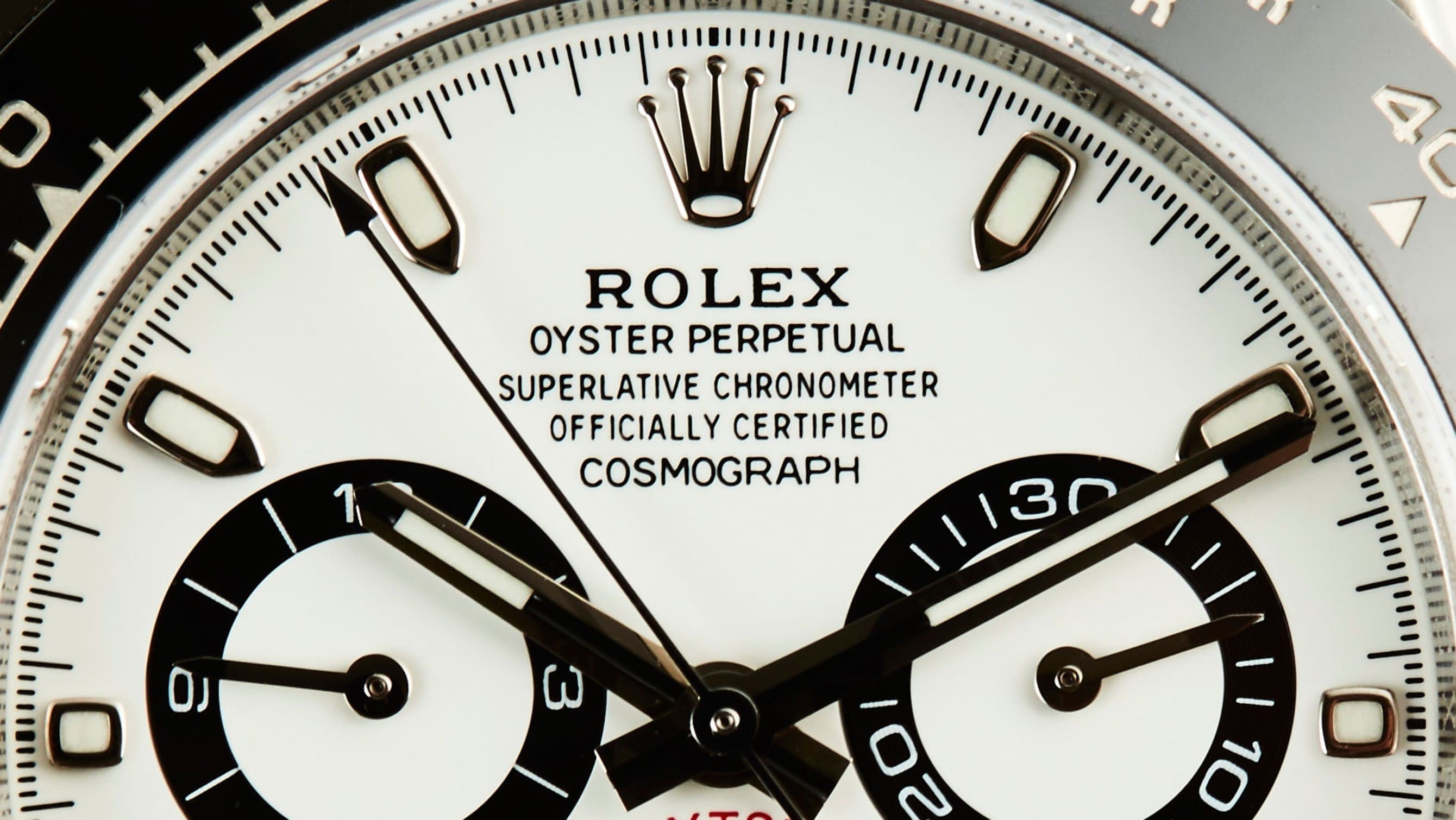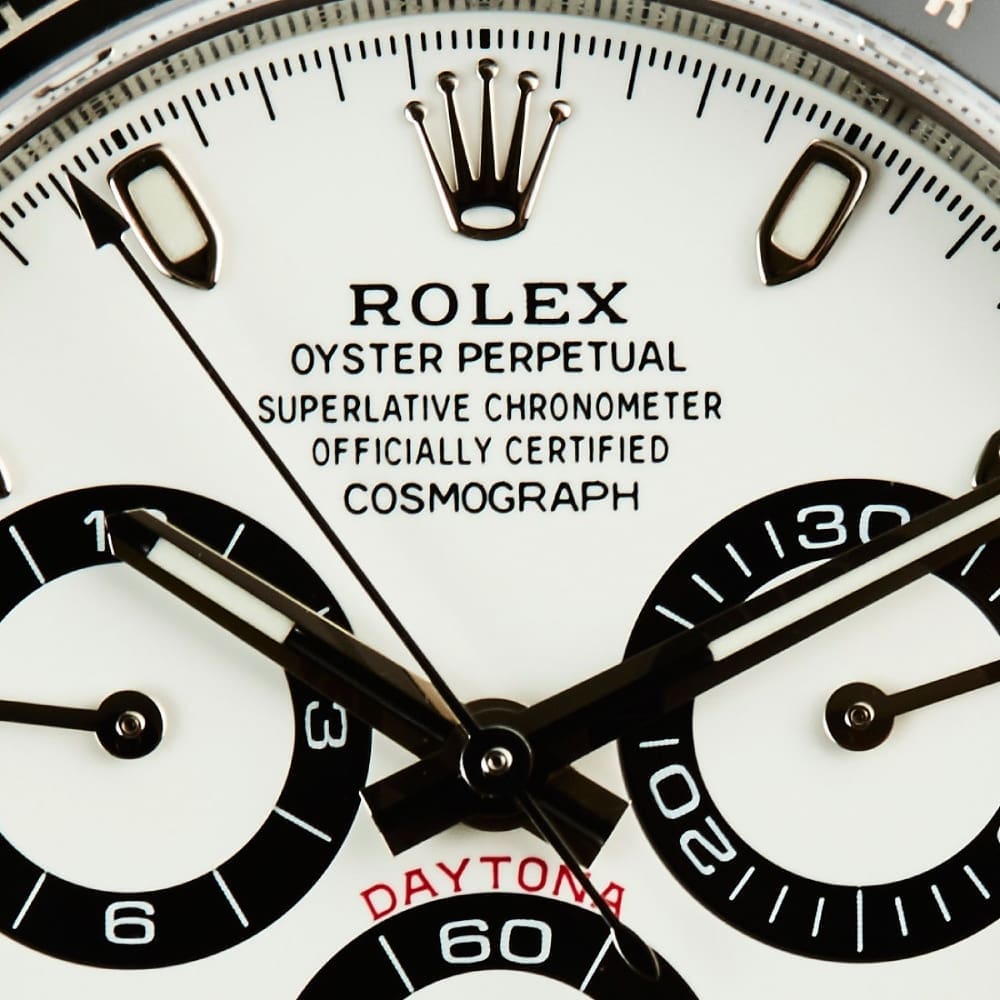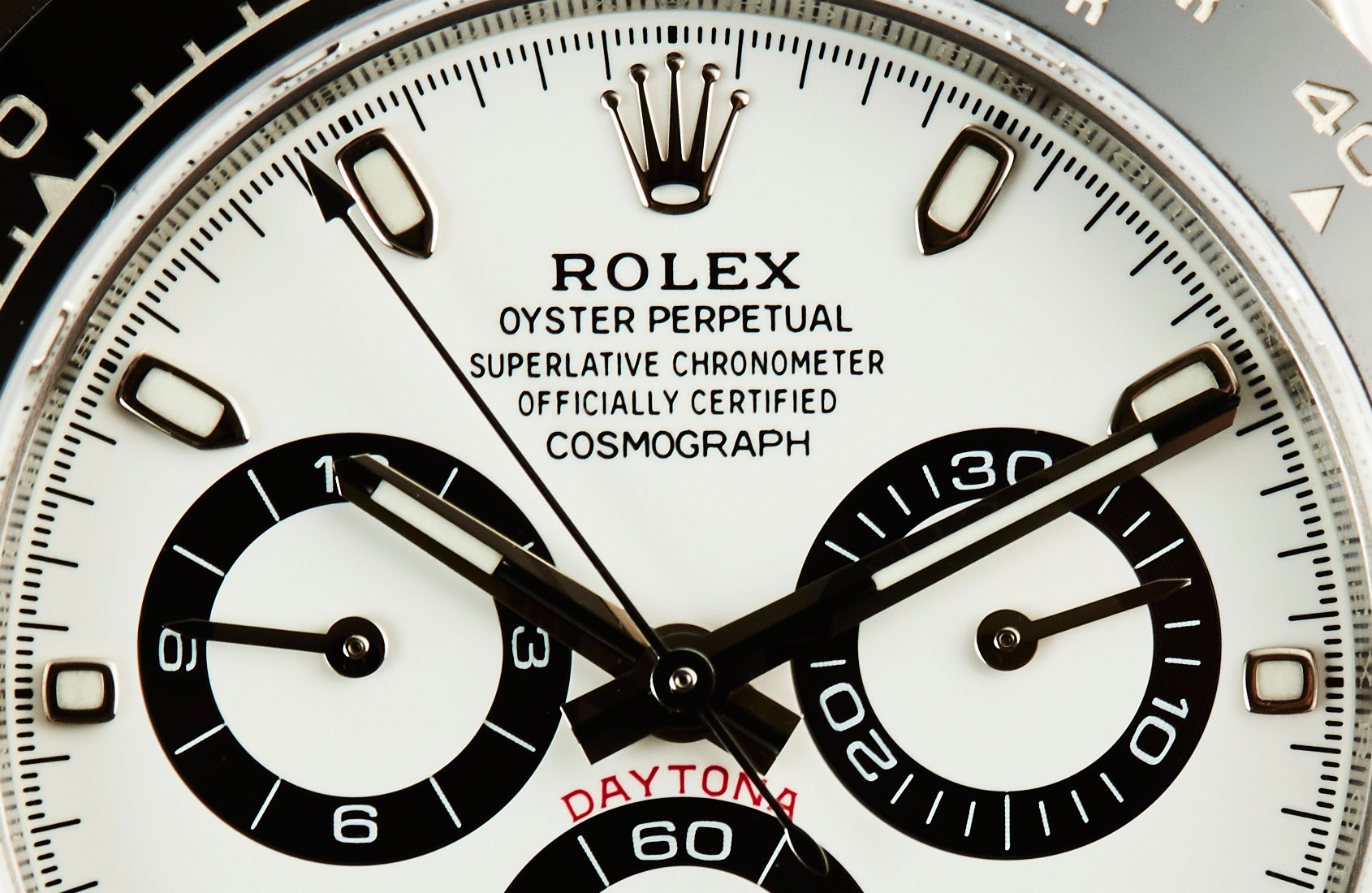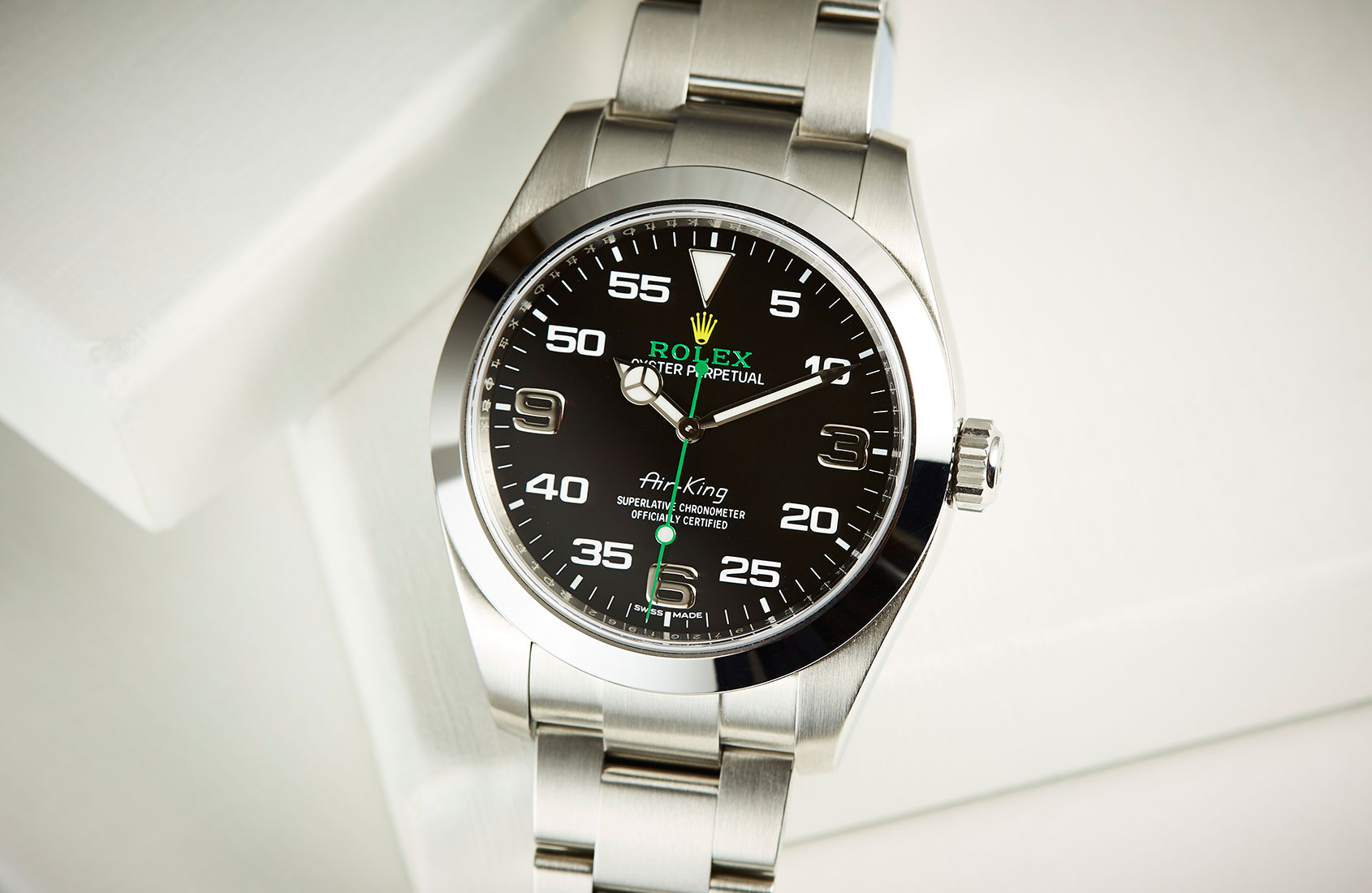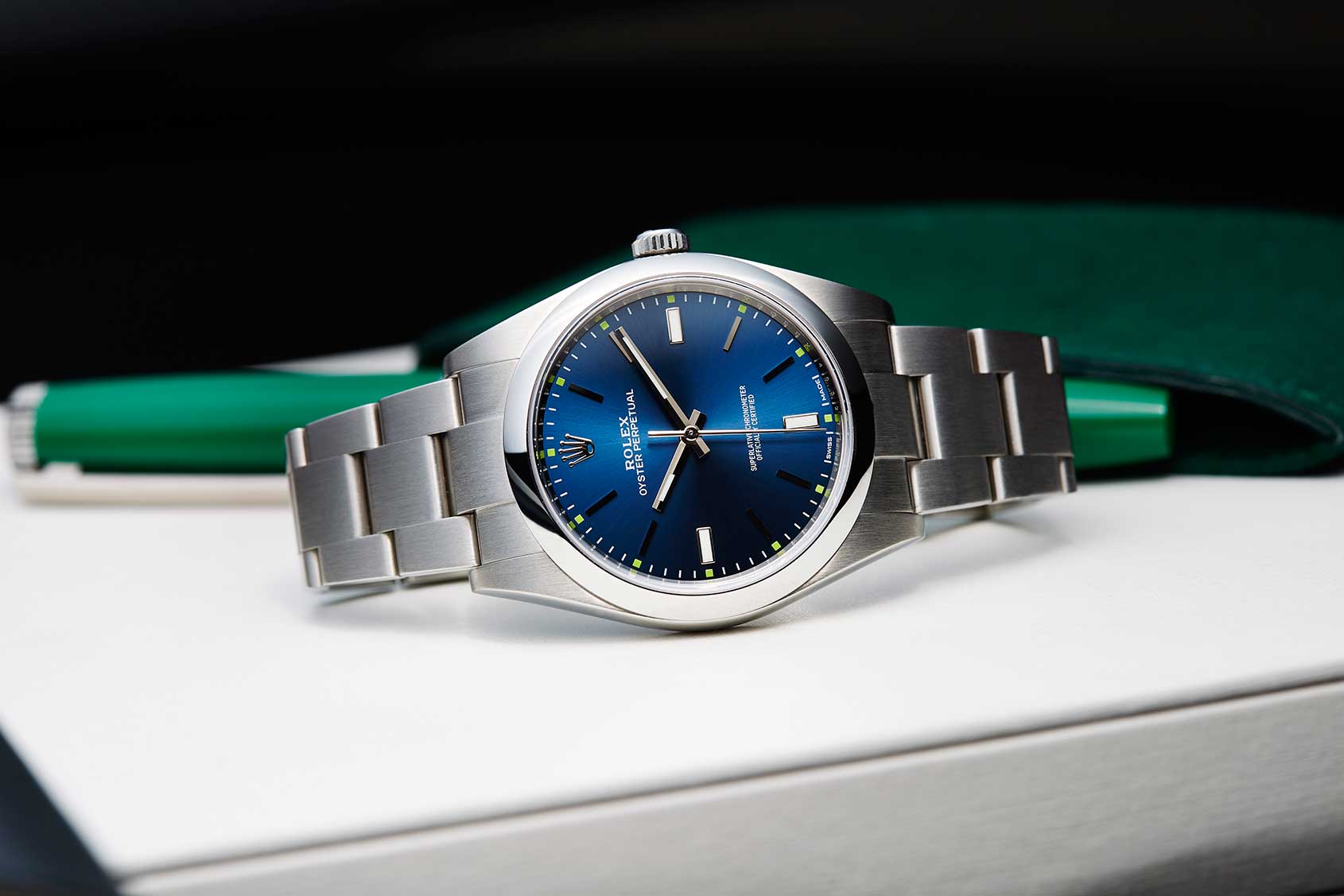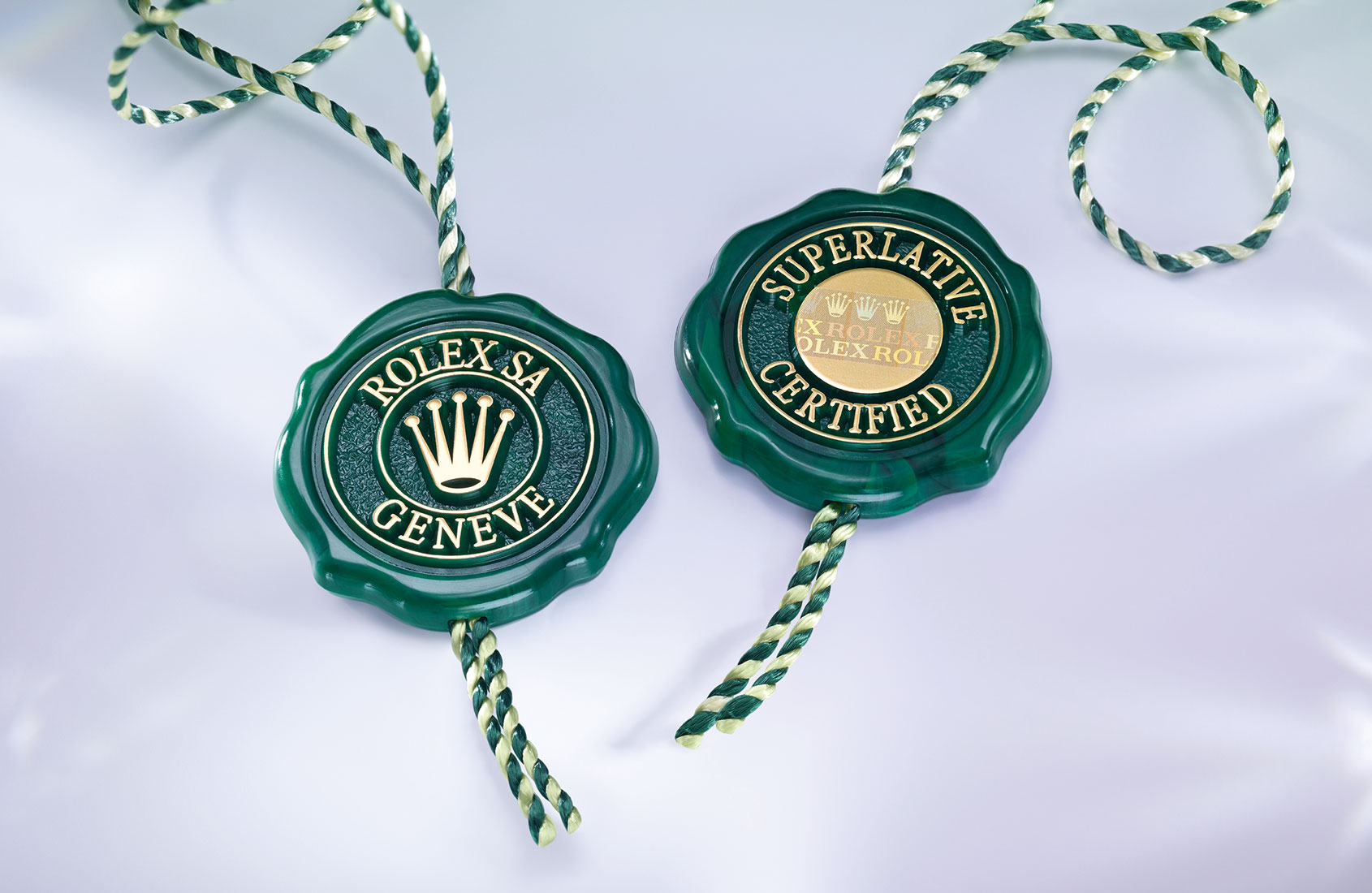What is the Rolex Superlative Chronometer Standard and why does it matter?
Time+TideEditor’s note: Timekeeping standards are suddenly cool again. Omega has been steadily touting the benefits of their Master Chronometer certification, Patek has their own standards, and Rolex recently upped their game with the Superlative Chronometer Standard. But what is it? This article from a while back explains everything you need to know.
Since 1951, nearly every watch leaving Rolex’s Geneva facility has been a certified Chronometer, and from 1957 onwards, Rolex has been using the term ‘Superlative’ on their dials to describe that their watches don’t just meet Chronometer standards, but exceed them. Design purists might bemoan the resulting text-heavy dials that declare an Oyster to be ‘Superlative Chronometer Officially Certified’, but Rolex’s nigh-unimpeachable reputation for quality and accuracy has a lot invested in these words. In fact, in late 2015, the brand quietly updated their Superlative Chronometer Standards to make them even more stringent.
Design purists might bemoan the resulting text-heavy dials that declare an Oyster to be ‘Superlative Chronometer Officially Certified’, but Rolex’s nigh-unimpeachable reputation for quality and accuracy has a lot invested in these words.
If you were lucky enough to get your hands on a steel Daytona or a recent Datejust 41, Rolex guarantee your watch is accurate to -2/+2 seconds per day, after casing. Compare that to the -4/+6 per day for the uncased movement that COSC requires, or the 0/+5 Omega’s Master Certification. Rolex’s continued commitment to testing and accuracy doesn’t just show they recognise the importance of reliability, but that they deem it vital to be more accurate than the competition.
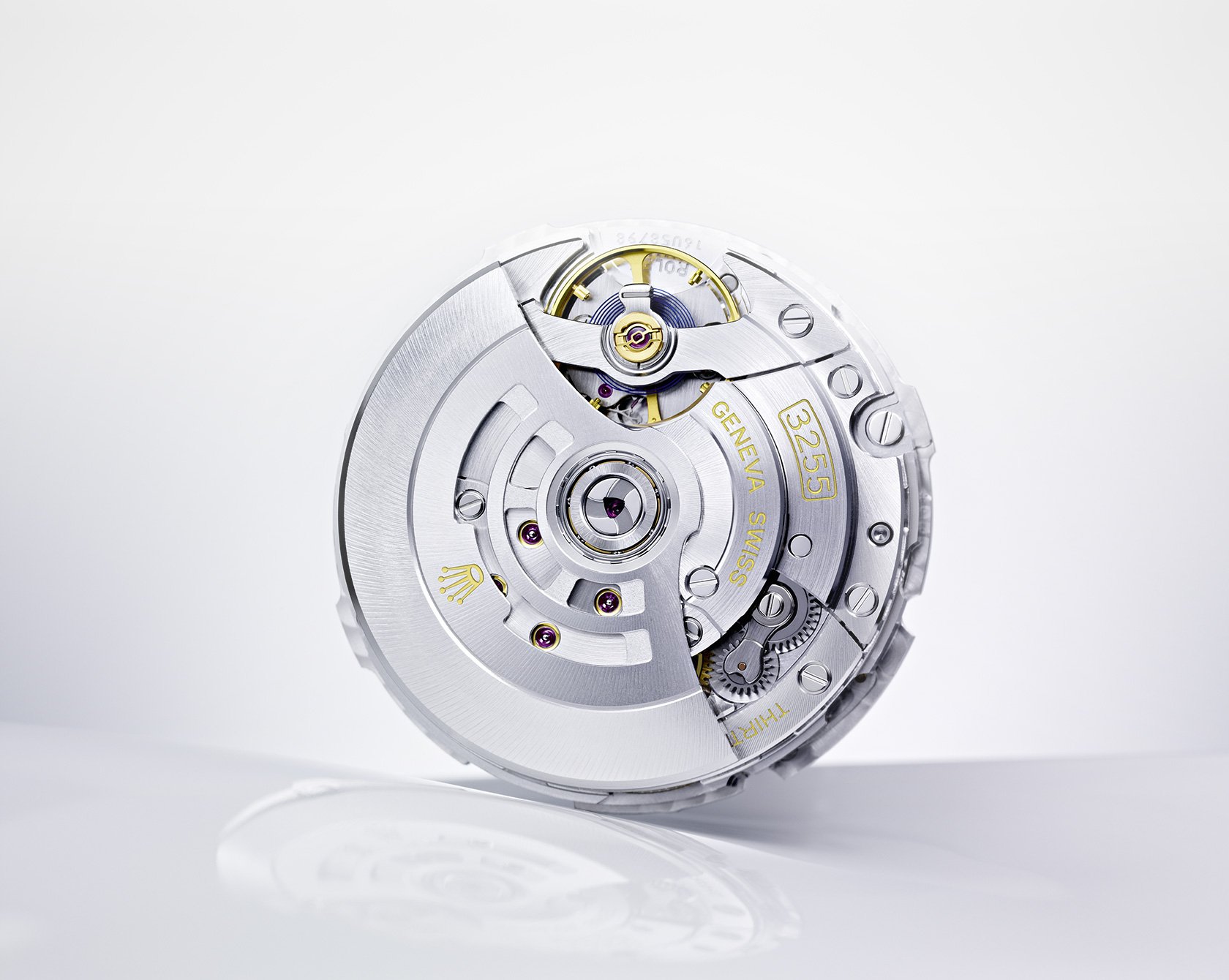
Rolex determine this accuracy through a series of external and internal tests. Completed movements are still sent off for official COSC certification. After this, the movement is cased and then tested using (according to brand literature) “unparalleled testing methodologies and new high-technology equipment to certify each of its watches … according to its own criteria which exceed watchmaking norms and standards”. These tests guarantee the performance of the watch with relation to precision, power reserve, waterproofness and self-winding, using methods that simulate real world wear and conditions. On top of that, the warranty accompanying this standard (represented by the natty green seal that comes with your watch) has been bumped up to five years.
What does this mean to those of us who buy and wear Rolex? Well, it essentially means that the people who made your watch spent a lot of time and money ensuring it would provide you with class-leading accuracy and reliability now and in the future. To commit to this level of quality across Rolex’s high production is, frankly, an incredible technical achievement because it leaves so little — four seconds to be precise — margin for error. Furthermore, thanks to the lengthy warranty, if your watch fails to live up to these standards, they’ll sort it out.
However, if you were inclined to be critical (and you know when it comes to Rolex there will always be folk who like to be negative), you might have noticed that aside from the COSC testing, all the other testing and tweaking is internal, and not validated by an external authority, unlike Omega’s METAS-certified testing. Nor do Rolex make the individual results of each watch publicly available. Rolex have never been particularly renowned for their transparency, so the fact they’ve opted to keep their methods private isn’t that surprising, and given the immense credibility the Big Crown bears, it shouldn’t impact the trustworthiness of this new certification. If reliability and accuracy are your main concerns, Rolex has you covered.




